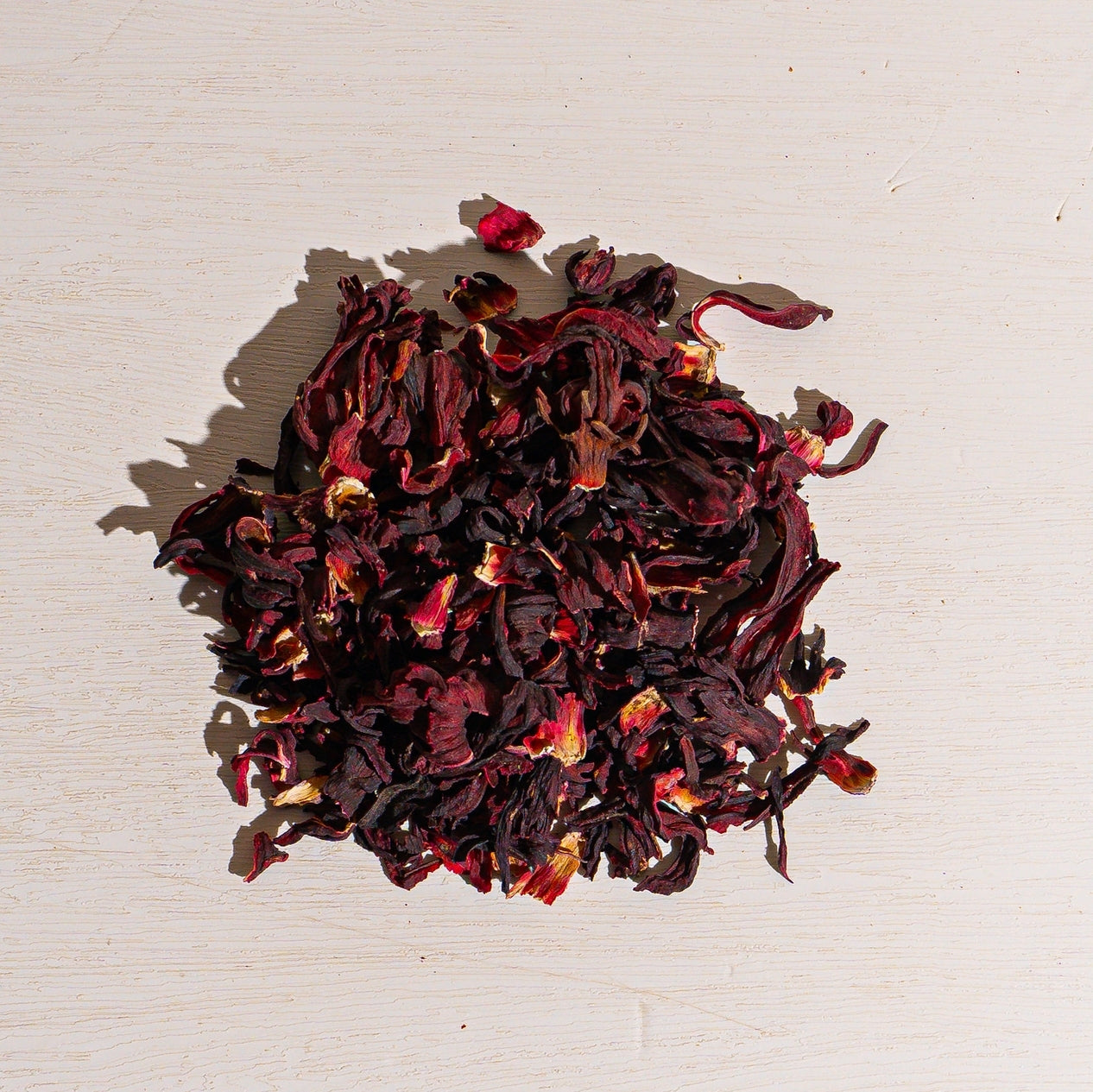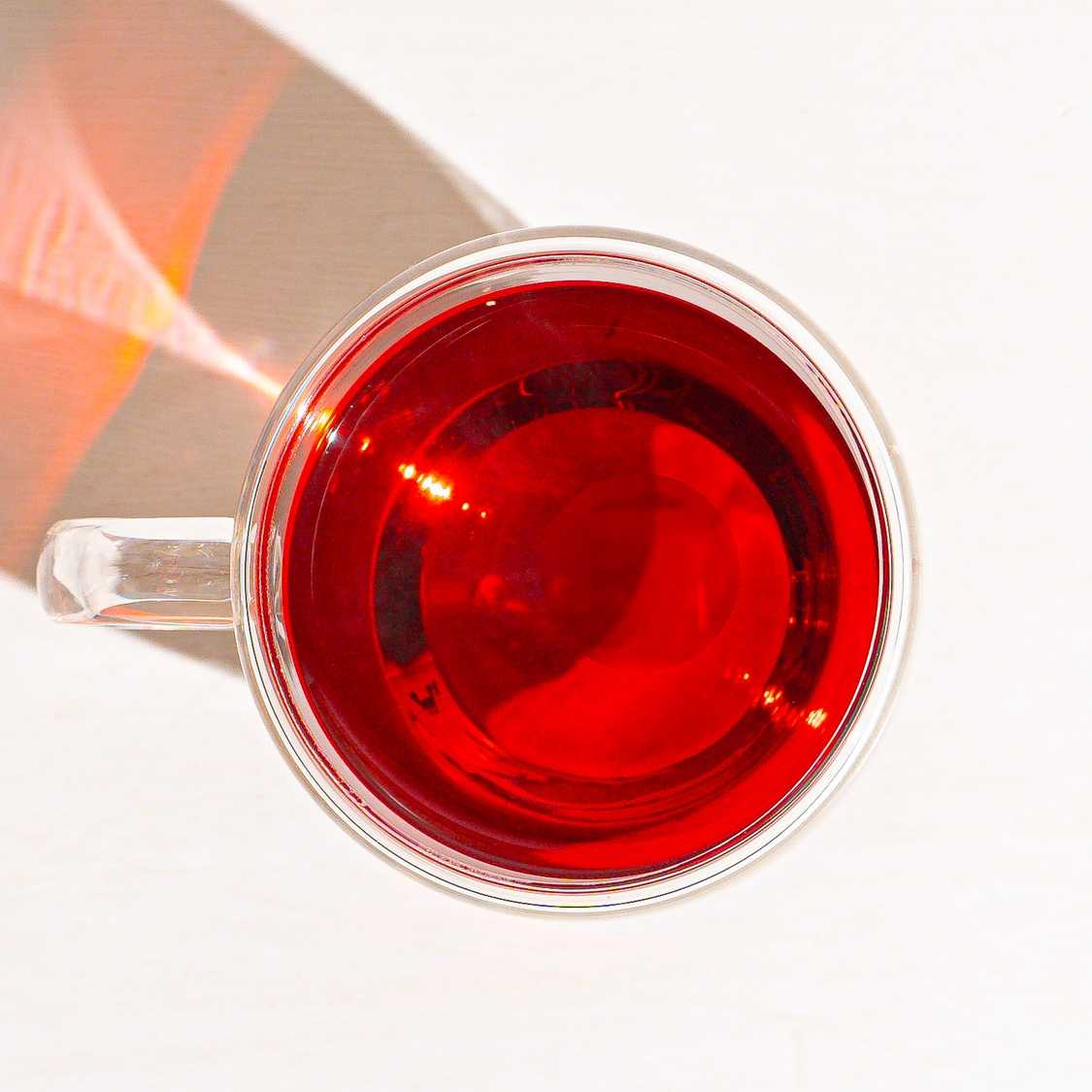Hibiscus Herbal Tea
Bright and refreshing, our Hibiscus Herbal Tea delivers a tangy, floral flavor with a vibrant red hue. Crafted from the petals of the hibiscus flower, this caffeine-free blend is naturally tart and slightly sweet, making it an invigorating choice hot or iced. Enjoy its refreshing, crisp taste and its potential antioxidant benefits in every cup. Perfect for a revitalizing drink any time of day.
Taste Notes: Tangy, floral, subtle sweetness
Luxury Ingredients: Hibiscus petals
Origin: Egypt
THIS TEA SUPPORTS THE ETHICAL TEA PARTNERSHIP
All Camellia sinensis in our blends contributes to a fairer, more sustainable tea industry.
CAFFEINE CONTENT | NONE
CUP PER OZ
8-10 cups per 1 oz
Couldn't load pickup availability
 1-2
1-2



 5-7 mins
5-7 mins
 1-2
1-2

 205-212°F
In 475 ml (8oz)
205-212°F
In 475 ml (8oz)

 5-7 mins
5-7 mins
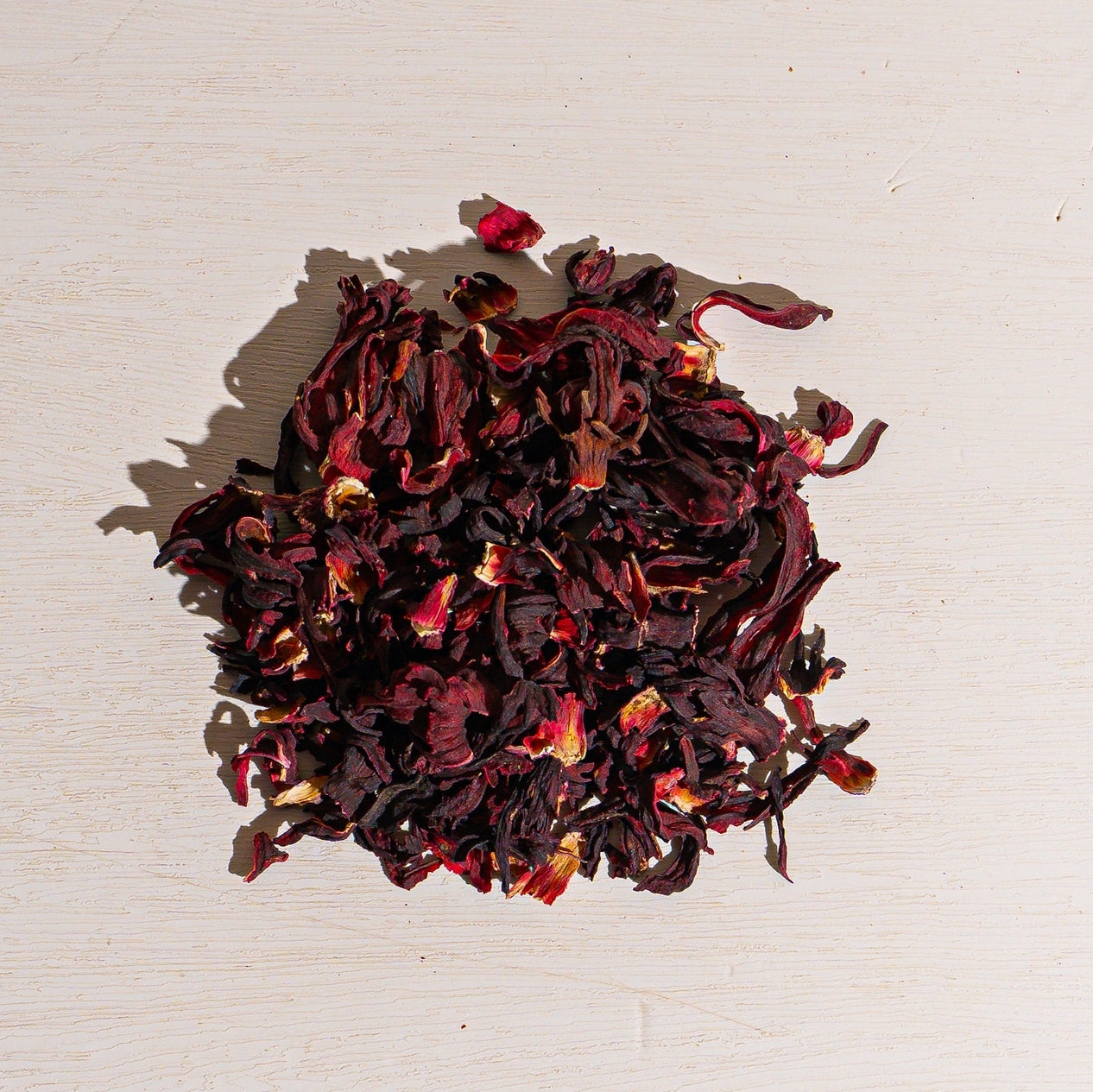
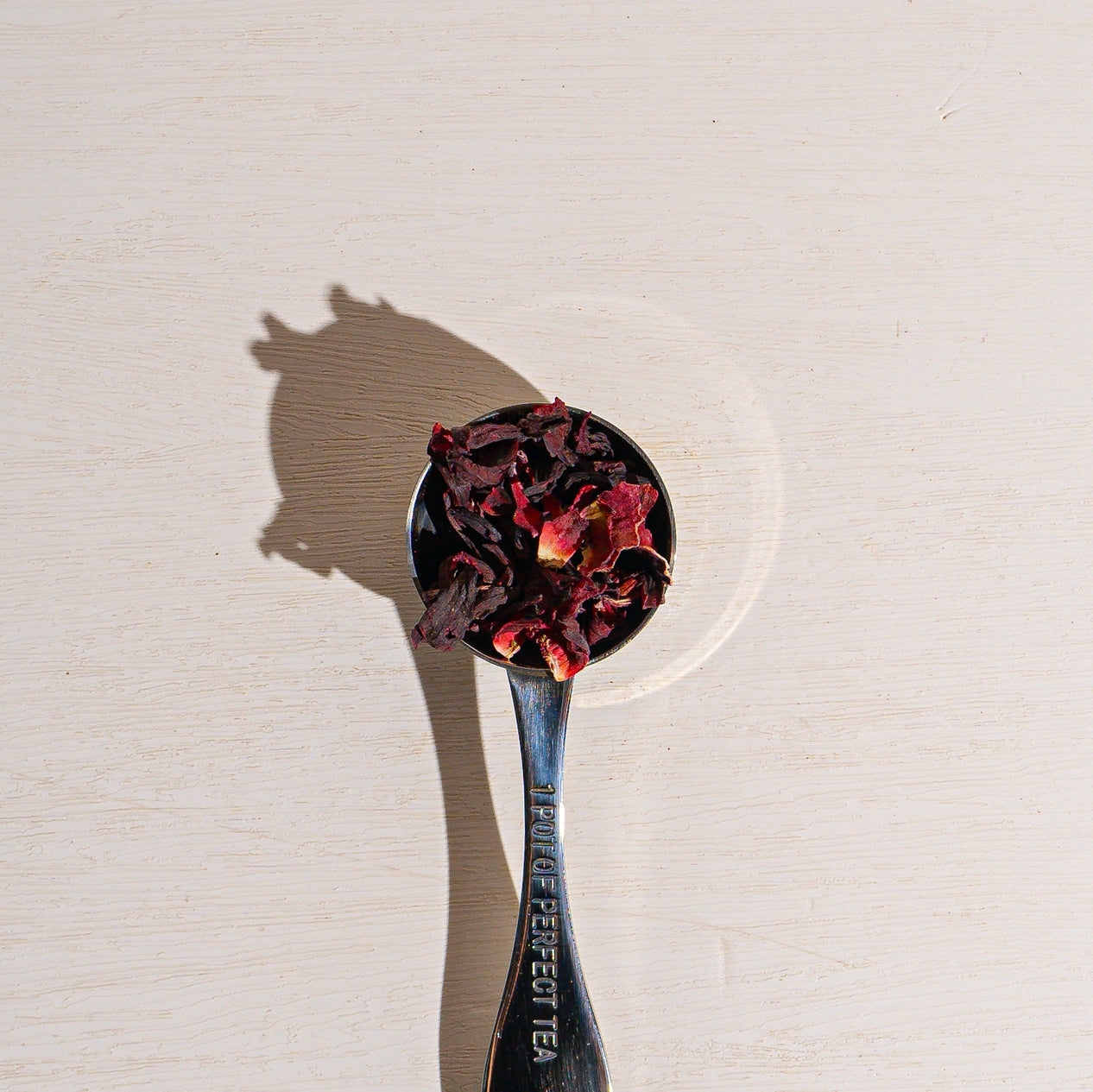
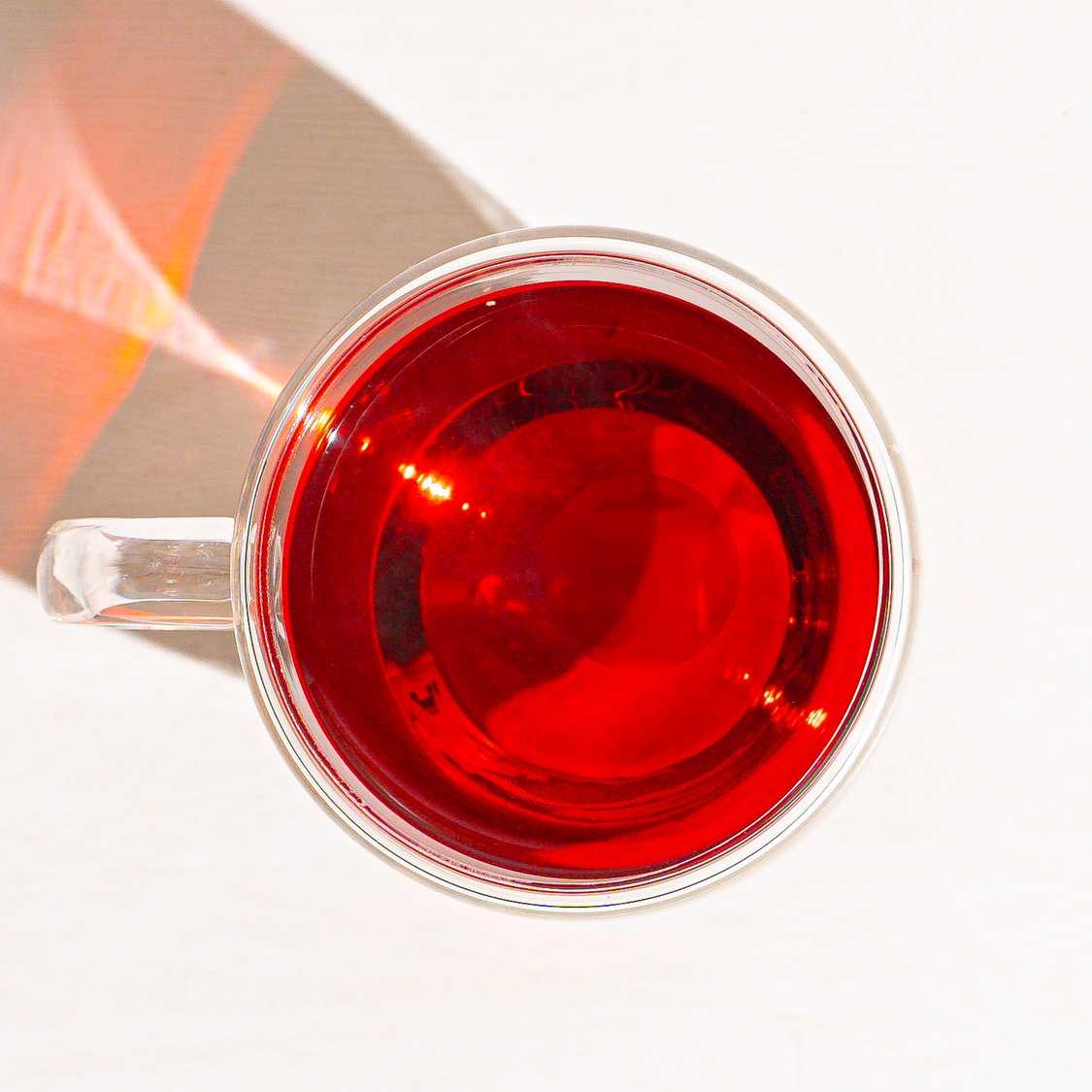

This tea is the best. It's pure tea without anything else, I love the flavor and the beautiful color. I drink a lot of this tea. I know it's good for me. I'll be back for more in the future.
Here comes the sore throat. Next comes a mug of hibiscus herbal to deliver vitamin c right where I need it!
This tea is a gorgeous red color which lead to the wonderful full, slightly tart flavor. It has great powers of calming....it has lowered my blood pressure considerably!!


